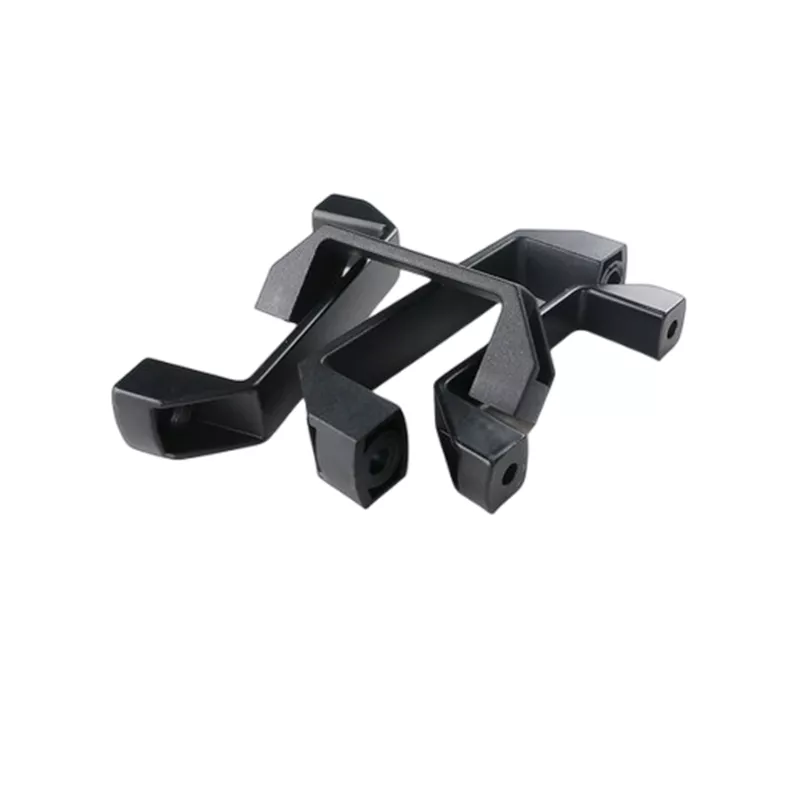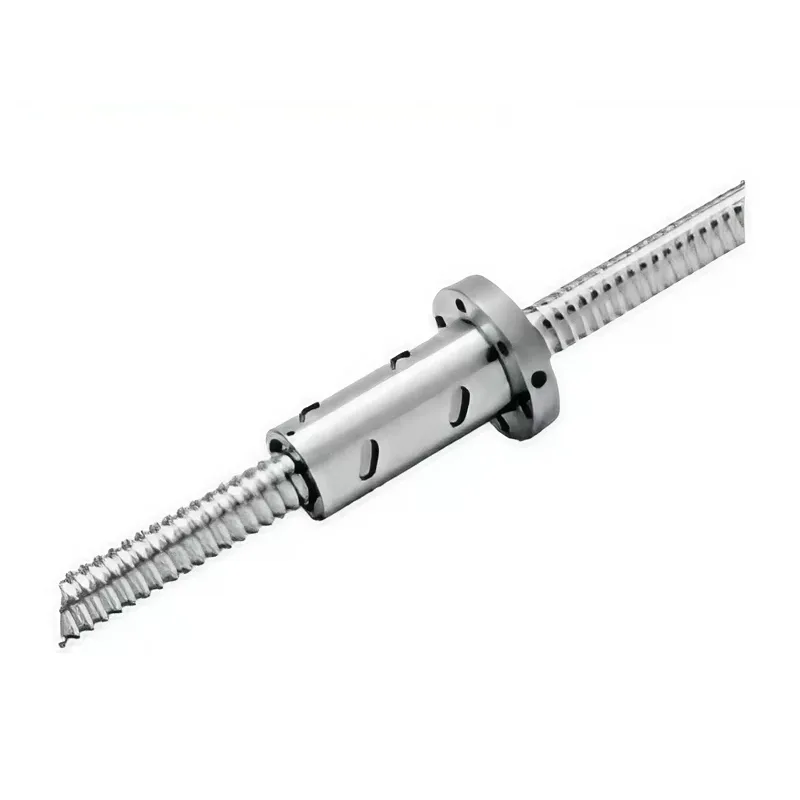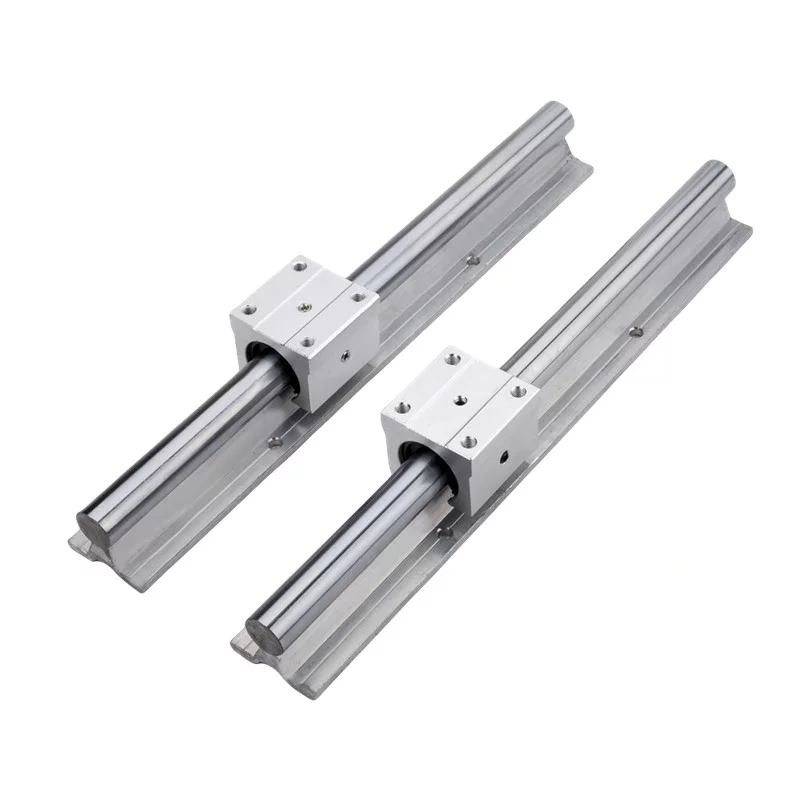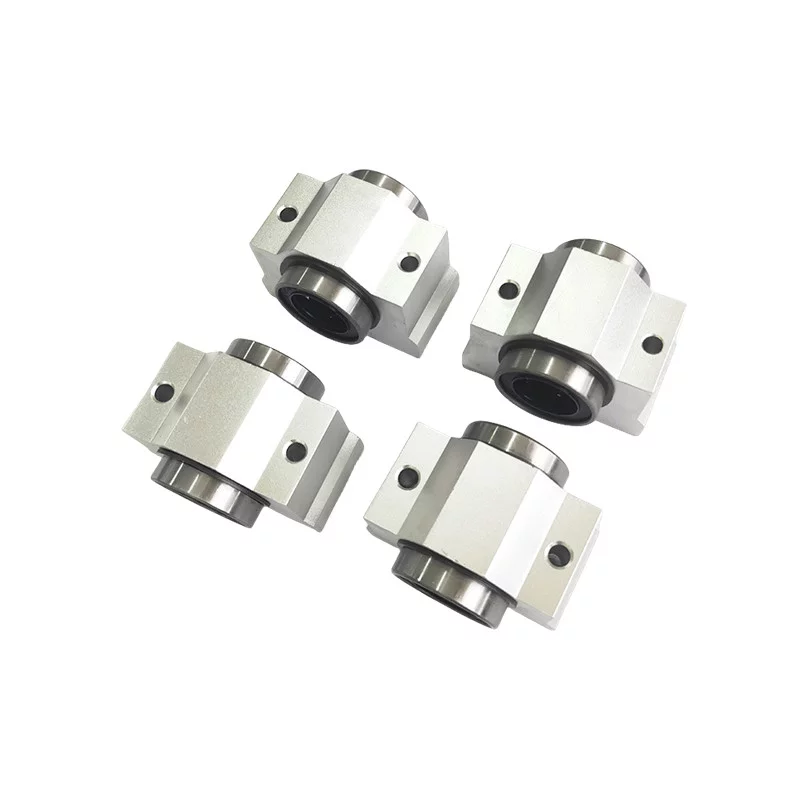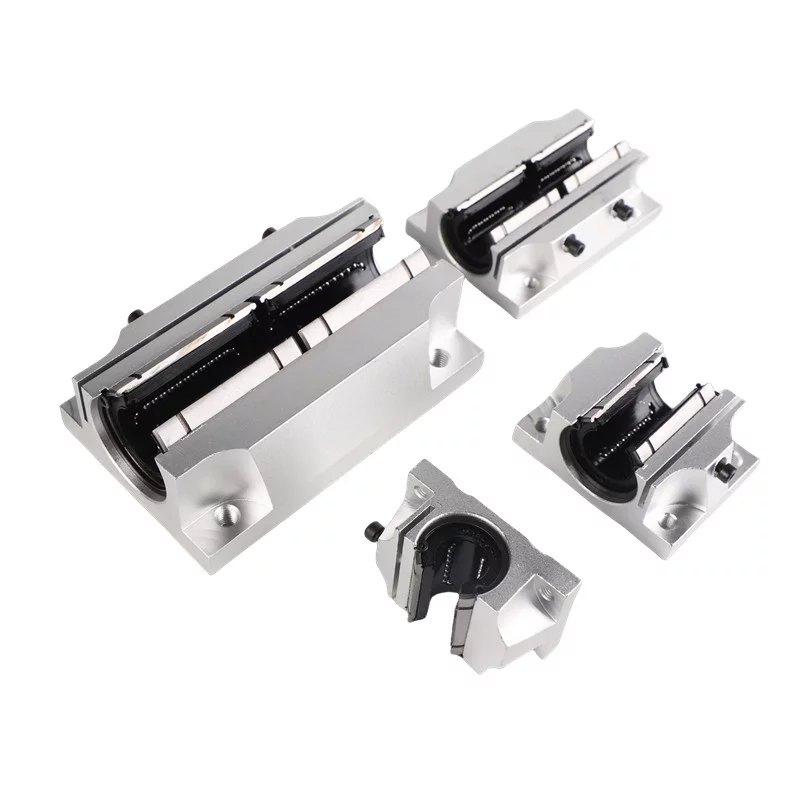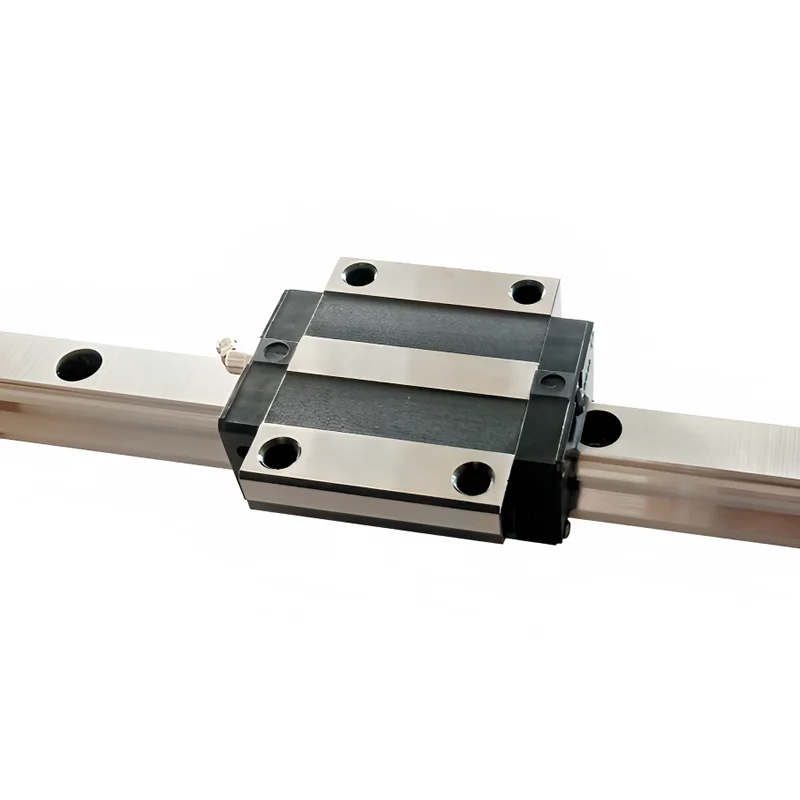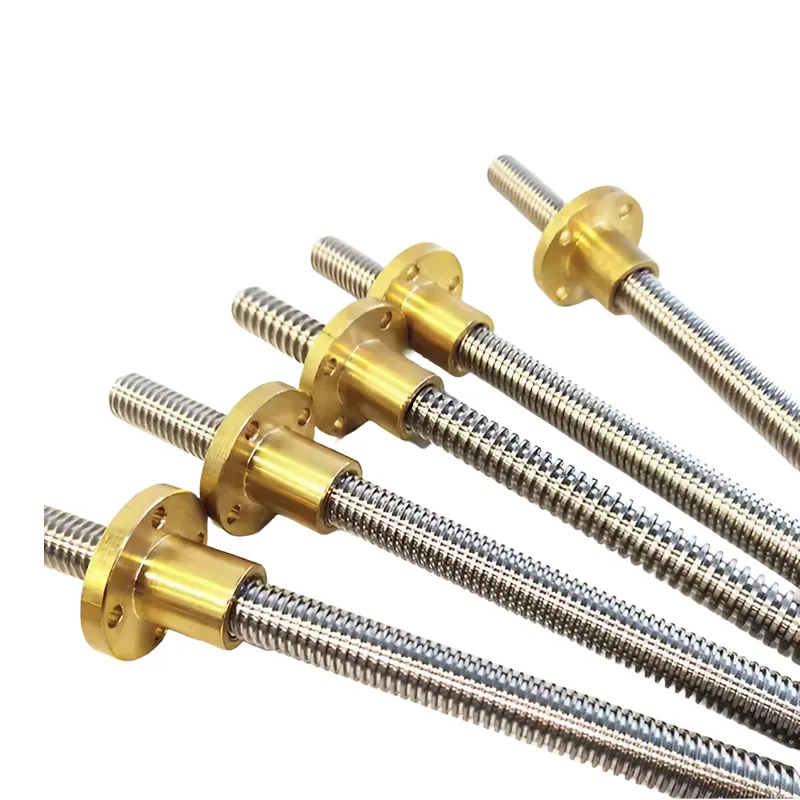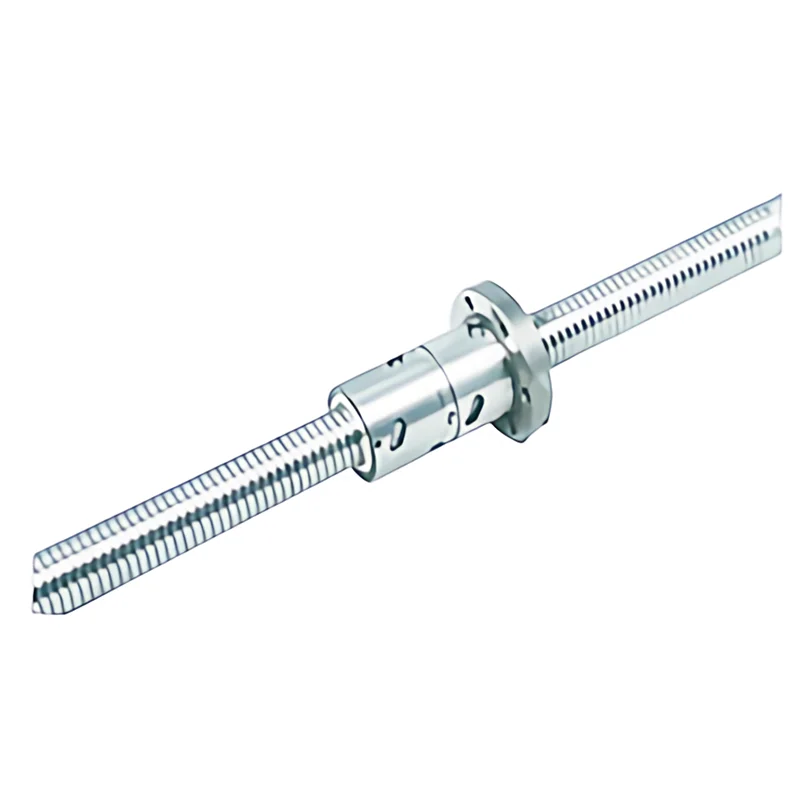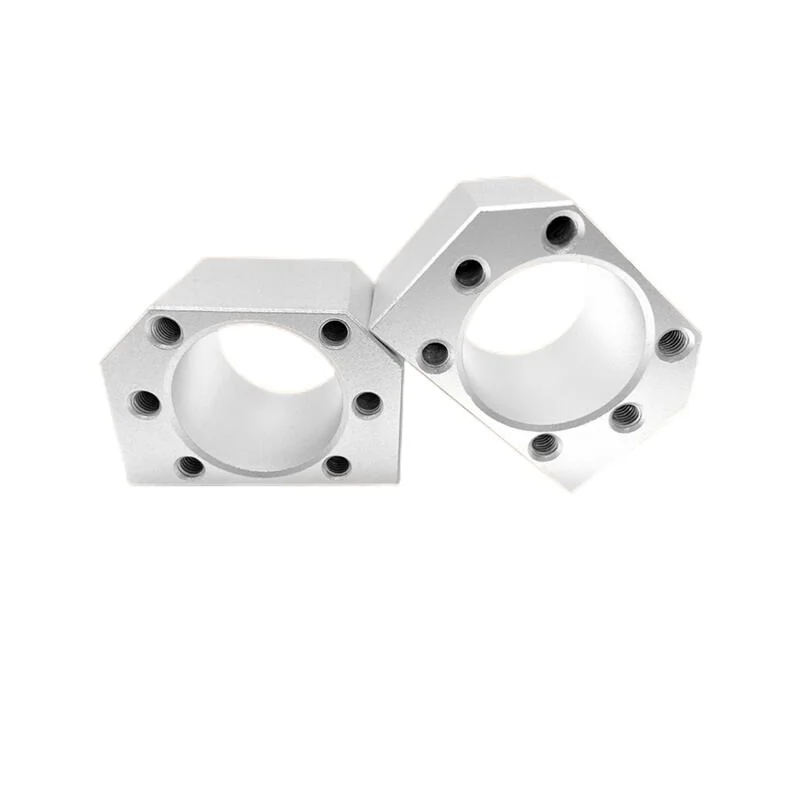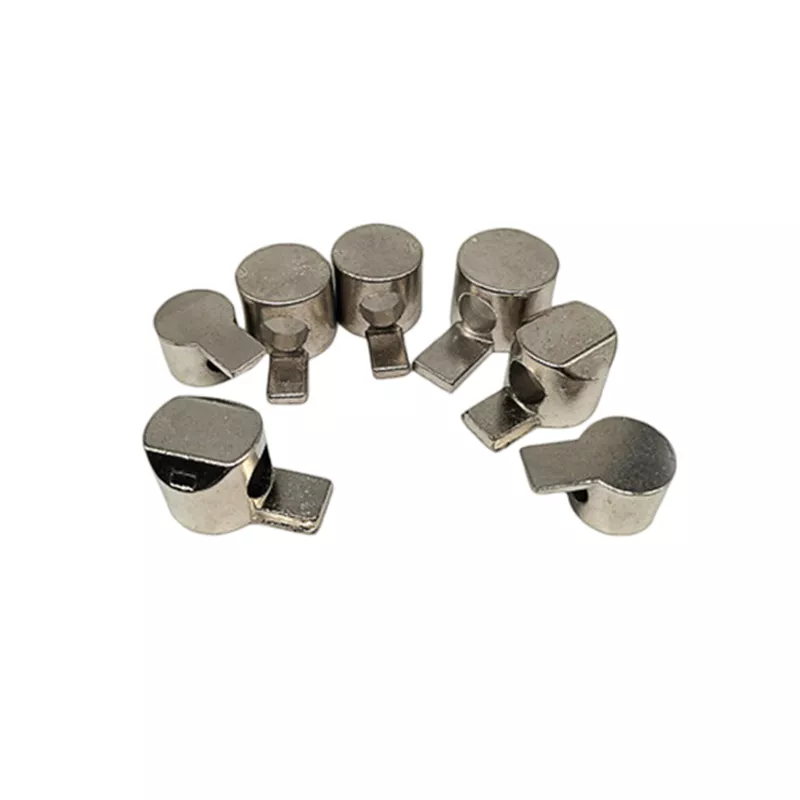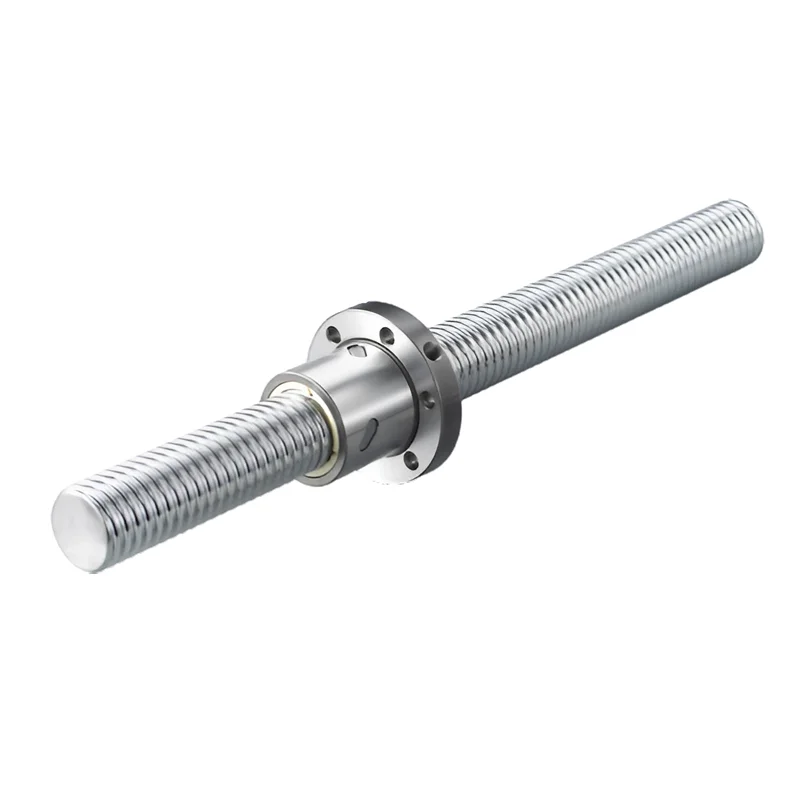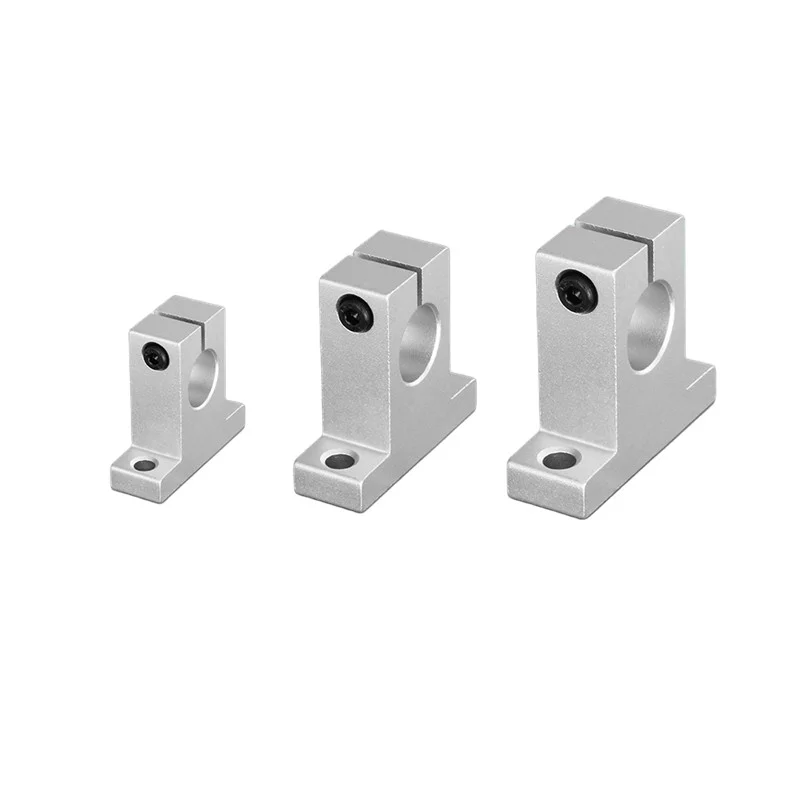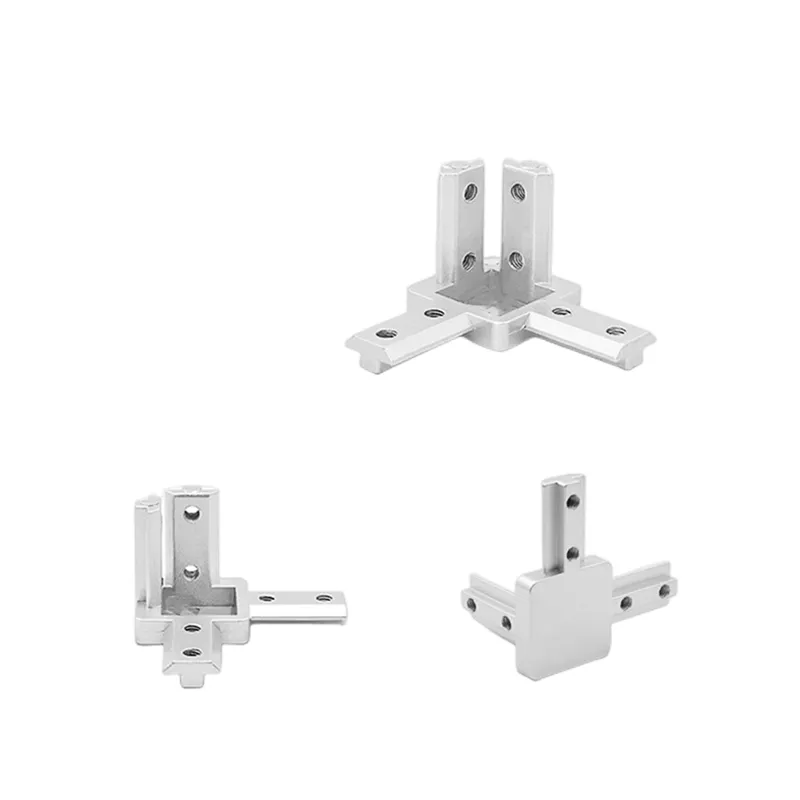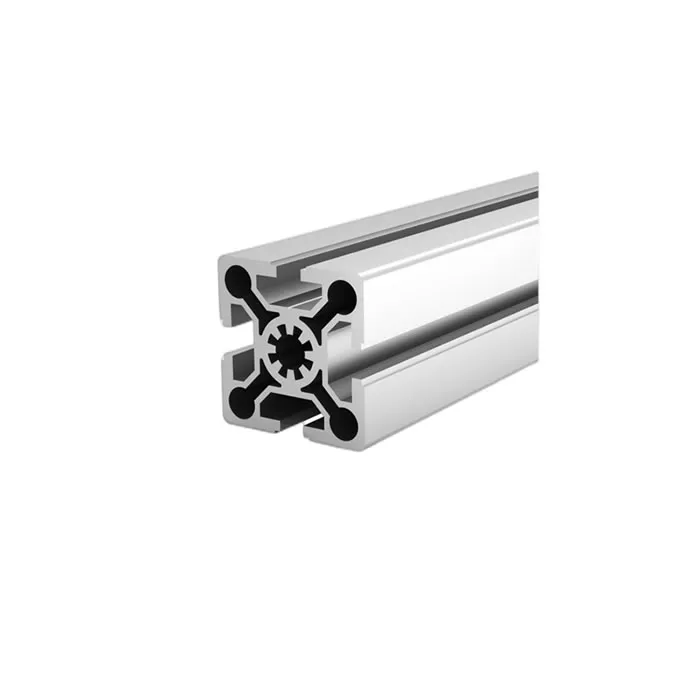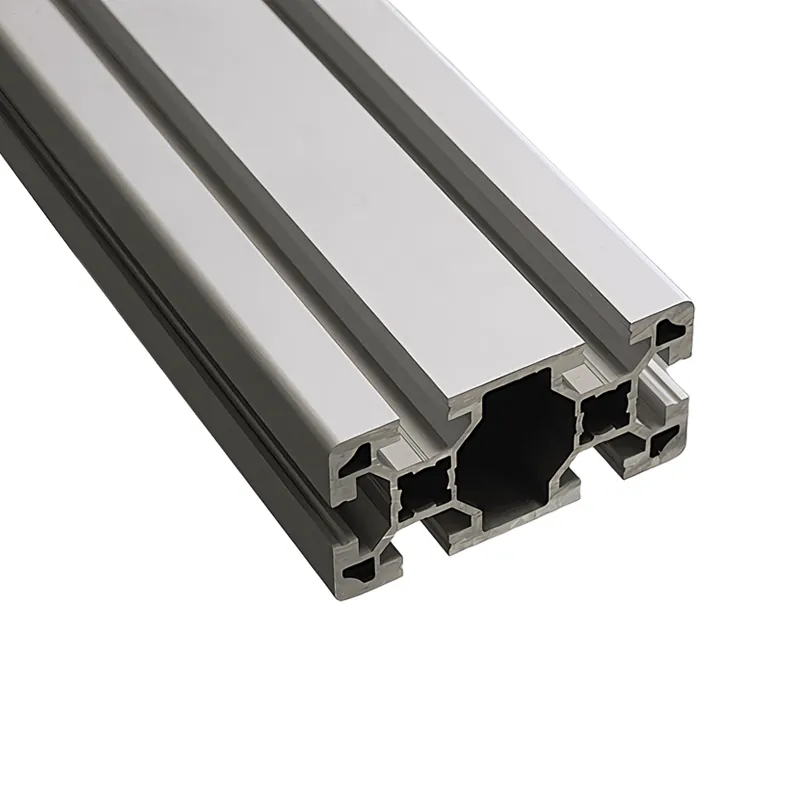Why does the rod end bearing fail
1. Lack of Lubrication: Insufficient or improper lubrication is one of the common causes of rod end bearing failure.
Without proper lubrication, excessive friction and heat can occur, leading to accelerated wear,
increased frictional losses, and potential damage to the bearing surfaces.
2. Contamination: Contaminants such as dirt, dust, moisture, or debris can enter the bearing
assembly and compromise its performance. These contaminants can cause abrasive wear, corrosion,
or inadequate lubrication distribution within the bearing, leading to premature failure.
3. Misalignment: If the rod end bearing is subjected to excessive misalignment beyond its design limits,
it can experience uneven loading and stress concentrations on specific areas.
This can lead to accelerated wear on the bearing surfaces and eventual failure.
4. Overloading: Applying loads beyond the rated capacity of the rod end bearing can lead to overload failure.
Excessive loads cause increased stress on the bearing components, resulting in deformation or fracture of critical parts.
5. Fatigue: Continuous cyclic loading over time can induce fatigue failure in Rod End Bearings.
The repeated stress cycles weaken the material structure and eventually
lead to cracks or fractures in critical areas of the bearing.
6. Corrosion: Exposure to corrosive environments or lack of proper protection
against corrosion can deteriorate the surfaces of rod end bearings over time.
Corrosion weakens the structural integrity and reduces load-carrying capacity, ultimately leading to failure.
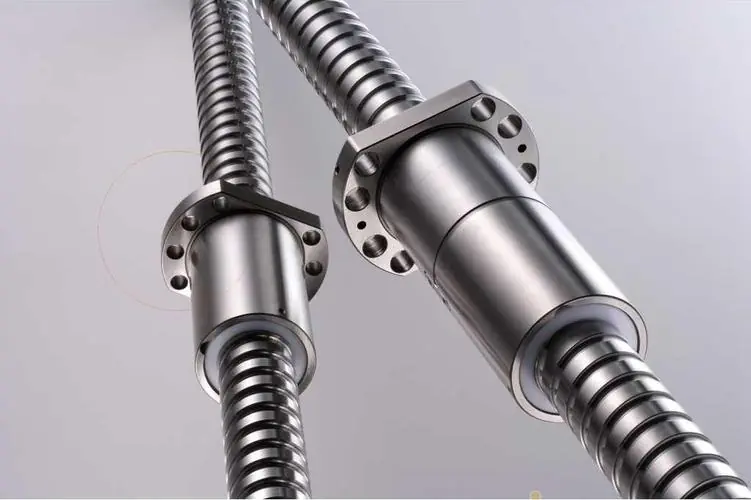 Why Precision Ball Screws are Vital for Industrial Automation and How to Choose the Right Supplier
Why Precision Ball Screws are Vital for Industrial Automation and How to Choose the Right Supplier
 SAIVS Linear Motion Ball Slide Units – Precision and Reliability for Your CNC Needs
SAIVS Linear Motion Ball Slide Units – Precision and Reliability for Your CNC Needs
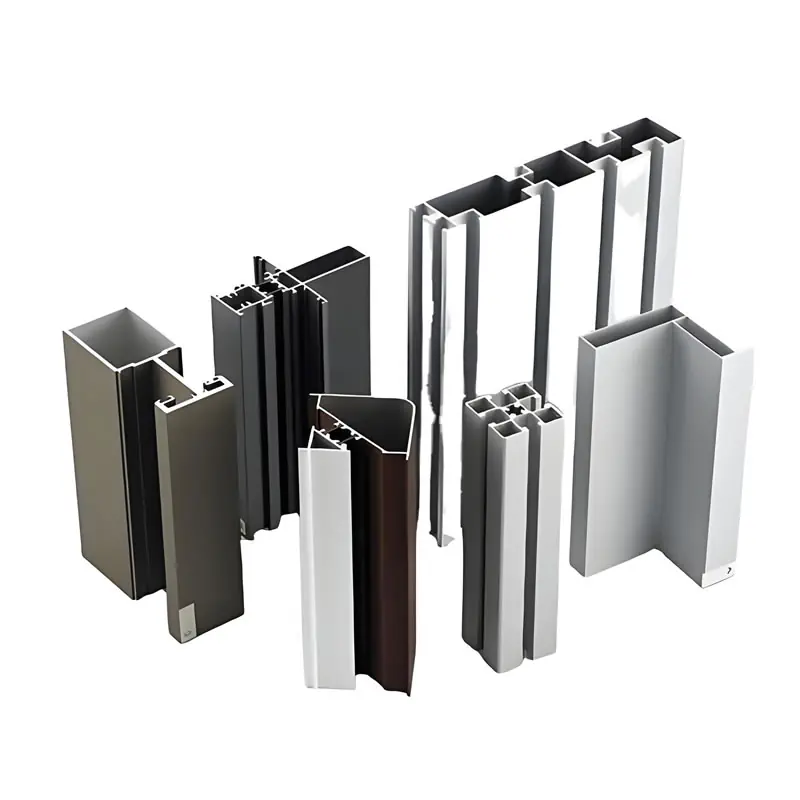 High - Quality T - Slot Aluminum Extrusion Profiles from Ningbo SAIVS Machinery Co., Ltd
High - Quality T - Slot Aluminum Extrusion Profiles from Ningbo SAIVS Machinery Co., Ltd
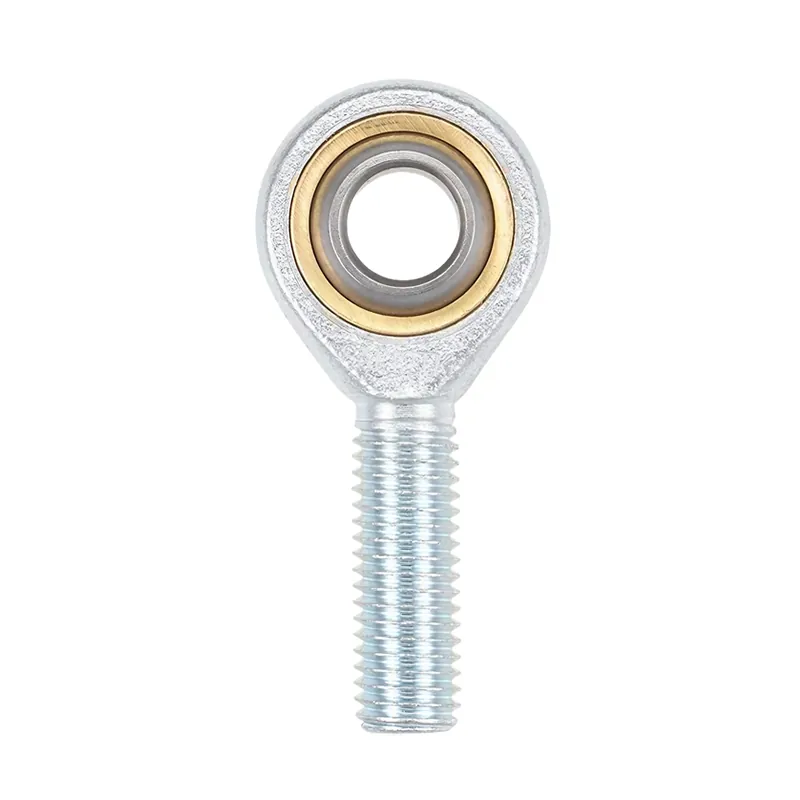 Enhance Industrial Efficiency with Premium Cylinder End Bearings from SAIVS
Enhance Industrial Efficiency with Premium Cylinder End Bearings from SAIVS

